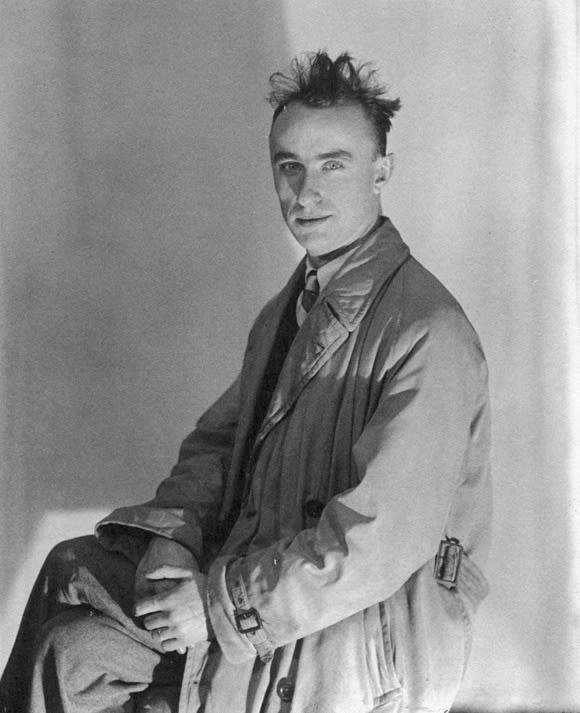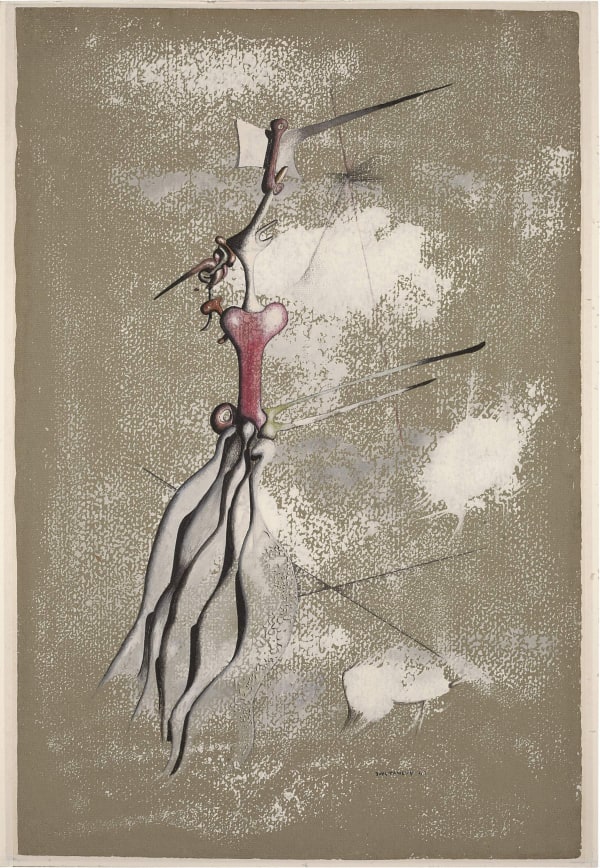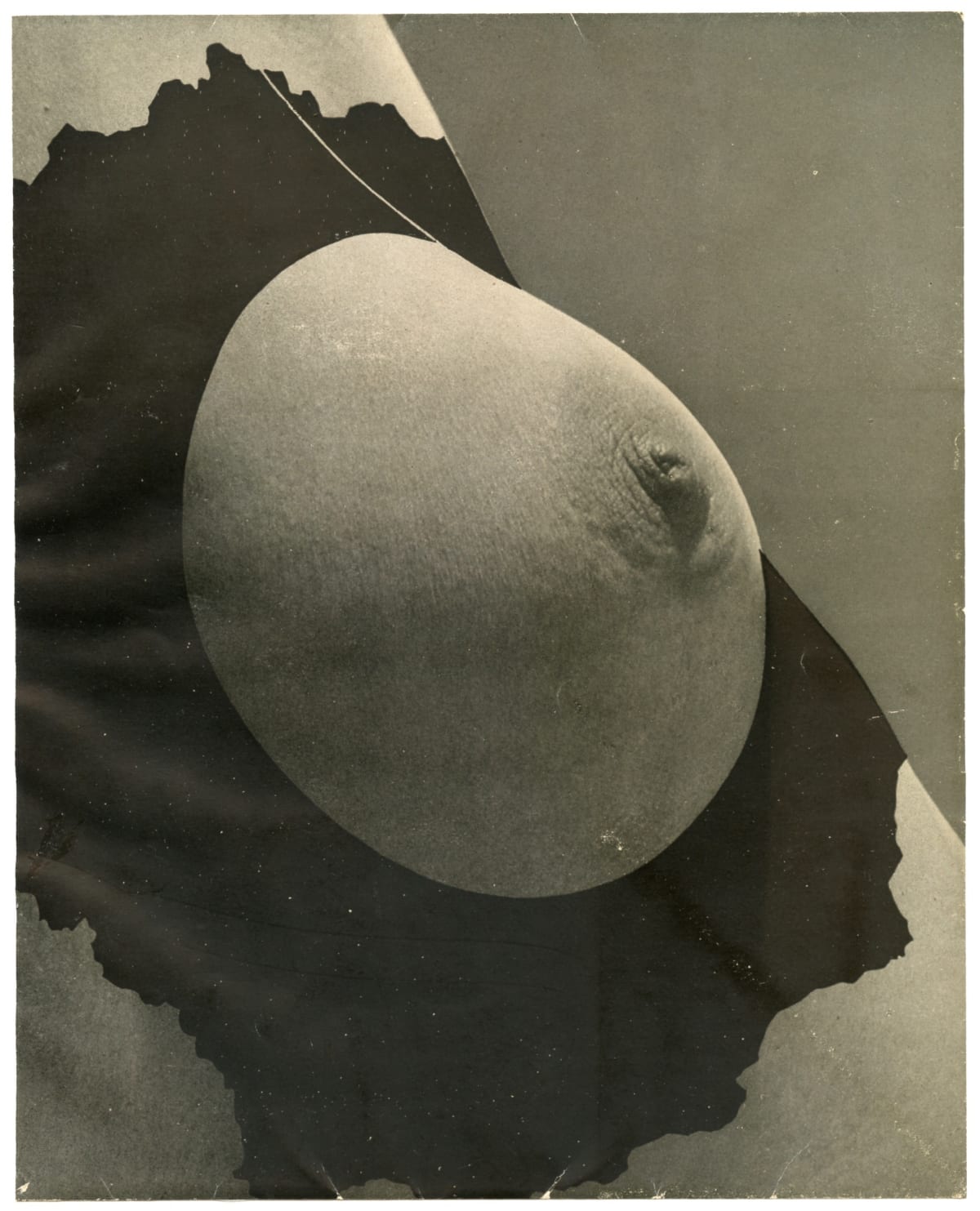Yves Tanguy French, 1900-1955
Born into a maritime family in 1900 Paris, Tanguy spent his teenage years training in the French Army. It was during that time that he met friend and poet Jacques Prévert, and was later introduced to André Breton and the circle of surrealist artists. He decided to become an artist after discovering Giorgio De Chirico’s painting Le Cerveau de l’Enfant, which deeply inspired his own unique style. Self-taught but extraordinarily talented, Tanguy painted a hyper-real world with great precision; he soon became one of the most devoted members of the Surrealist movement, contributing to manifestos, magazines, and exhibitions.
Following his first solo show in Paris in 1927, Tanguy met Peggy Guggenheim, who quickly became his lover and also his mentor. Guggenheim took the artist’s work to London for his second solo exhibition in 1938, which was a great success. Tanguy later met and had an affair with Kay Sage, a fellow surrealist painter, who would become his wife. Together, they moved to the United States after the outbreak of World War II, where they continued to produce works in their studio in Connecticut. Tanguy’s landscapes, a blend of fact and fiction, captured the attention of important artists and thinkers from Salvador Dalí to Mark Rothko who admitted their debt to the older artist. His distinctive technique was also a remarkable influence on younger painters such as Roberto Matta and Wolfgang Paleen.
Yves Tanguy died in 1955 in Woodbury, Connecticut.




